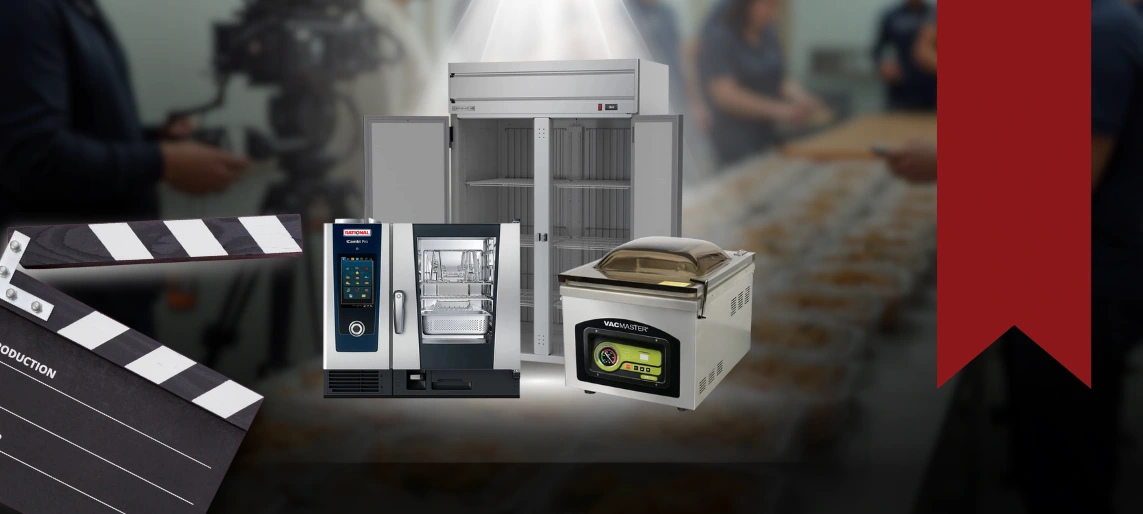
Summary
Whether your equipment is made in the U.S. or overseas, many parts come from global suppliers. Tariffs, sourcing changes, and supply chain disruptions all affect lead times. Learn why delays happen, how Aldevra helps, and what you can do to reduce downtime.
Global Supply Chains Affect All Equipment
Whether equipment is built in the U.S. or abroad, it relies on parts from around the world. A fryer made in the U.S. may use imported valves or circuit boards. A refrigerator built in Europe may rely on U.S.-made compressors.
No matter the final assembly point, manufacturers source components globally to balance cost, performance, and availability. When a single supplier faces delays, the impact ripples across the entire supply chain—slowing down delivery of replacement parts.
Tariffs, Trade Shifts, and Delays
Tariffs on raw materials or components can make it costlier for manufacturers to rely on a single country. As a result, they may pivot to new suppliers in different regions, retool production, or redesign parts altogether. These shifts are disruptive and often lead to backorders and extended lead times.
This is why both “Made in the USA” and imported equipment can face similar challenges.
Why This Matters for Your Operation
When a critical part is delayed, it means equipment downtime—which can disrupt kitchens, healthcare operations, and other facilities. Even if the equipment itself is domestically produced, its supply chain is global.
Aldevra helps bridge that gap by working closely with manufacturers to provide realistic timelines and keep you updated every step of the way.
What Customers Can Do
While global sourcing issues are outside of your control, here are steps you can take to protect your operation:
- Plan Ahead – Keep common failure parts (like gaskets, filters, and bulbs) on hand when possible.
- Schedule Preventive Maintenance – Catch issues early so you can order parts before they fail.
- Stay Flexible – Be open to substitute parts or models when original components face long backorders.
- Work With a Trusted Partner – Aldevra monitors manufacturer supply lines and advocates for faster fulfillment.
- Understand Timelines – Factor in potential delays when budgeting and scheduling equipment repairs.
How Aldevra Helps
- Upfront Communication – We keep you informed about lead times before problems arise.
- Alternative Solutions – If possible, we’ll recommend substitute parts or temporary fixes.
FAQs
Q: Why are there delays even for equipment made in the U.S.?
A: U.S.-assembled equipment often relies on imported parts. If those parts are delayed, the finished product is affected too.
Q: Does imported equipment face the same issues?
A: Yes. Imported equipment can also be delayed due to global shipping backlogs, tariffs, and sourcing changes.
Q: How can I minimize downtime while waiting for a part?
A: Preventive maintenance, stocking common parts, and asking Aldevra about substitutes are the best ways to reduce downtime.
Q: Are tariffs really slowing things down?
A: Yes. Tariffs push manufacturers to switch suppliers or redesign components, which lengthens delivery times.
Q: How does Aldevra help during long delays?
A: We handle communication with manufacturers, provide updates, and look for alternatives that meet your operational needs.











